The Vanvera – A Bizarre Fart-Neutralizing Accessory Used by 17th Century Aristocracy
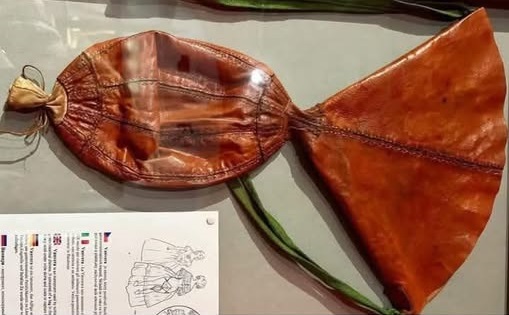
The vanvera was a strange accessory worn primarily by female aristocrats that allowed them to discreetly pass gas during social events.
Company Launches “Functional Water” That Helps Elimminate Abdomminal Fat

Japanese drink company Suntory recently launched a functional drinking water that can allegedly reduce abdominal fat. Suntory’s new ‘Special Water’ looks like regular mineral water but is officially classified as a “functional food,” meaning it’s a food product legally permitted in Japan to advertise health benefits. Special Water is aimed at office workers and those […]
This Incovenient 6-Pound Phone Case Could Curb Your Smartphone Addiction
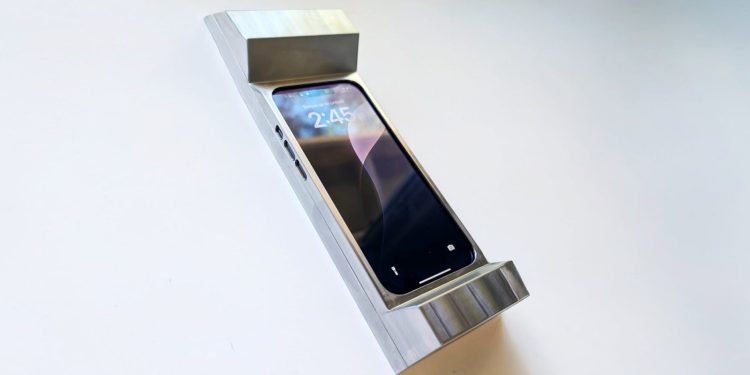
A neuroscience startup has created a 6-pound smartphone case that is so heavy and cumbersome to use that it should limit most people’s screentime by around half. Smartphone cases are usually light and slick by design, but Matter Neuroscience decided to go the opposite way, creating perhaps the heaviest and chunkiest phone case money can […]
Company Develops Plant-Based Caviar Indistinguishable from the Real Thing

Zeroe Caviar is a plant-based fish egg alternative made from seaweed whose creators say tastes just like the real thing. Plant-based food alternatives have been getting increasingly popular over the last few years, with burgers and steaks among the most targeted categories, but few would have imagined we would one day get a vegan caviar. […]
China Successfully Tests the World’s Largest Inflatable Flying Wind Turbine

The airship-like S1500, the world’s largest flying wind turbine, recently became the first device of its kind to generate one megawatt of power during a test flight. Wind turbines are already a big part of China’s big bet on renewable green energy, but the Asian country is always looking to lower the cost and increase […]
Bone-02, a Bone “Super Glue” That Can Fix Fractures in a Matter of Minutes
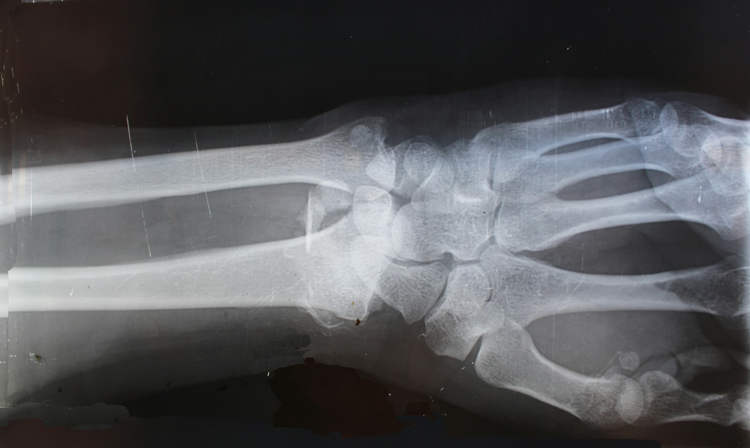
Chinese researchers claim to have developed a revolutionary bone “super glue” that can fix fractures, which traditionally would take months to heal, in a matter of minutes. Bone fractures are painful and very difficult to fix, with the recuperation period most often taking several months, but thanks to an innovative bone super glue, they can […]
South Korea Deploys Life-Size Holographic Police Officers to Prevent Crimes

Seoul Police has been testing life-size holographic police officers as a way to increase people’s perception of safety and discourage crime in South Korea’s capital. Every evening, between 7 pm and 10 pm, a uniformed policeman measuring over 170 cm tall appears in Judong No. 3 Park, a busy area in Jung-gu, Seoul, reminding residents […]
Chinese Researchers Develop Innovative Self-Cleaning Glass

Scientists at China’s Zhejiang University have developed a new type of thin, transparent glass that can clean itself with the help of built-in electrodes that create an electric field. Surface particle pollution has long been a problem that science has struggled to solve. From dirty windows in inaccessible places to photovoltaic panels in the middle […]
China Uses World’s Largest Inflatable Balloon to Make Urban Construction Cleaner and Quieter

In order to keep dust and noise pollution to a minimum, Chinese authorities in the city of Jinan have installed the world’s largest inflatable dome over an area of 20,000 square meters. Urban construction is a dirty business that affects large areas around the construction site, but a unique project in Jinan, China, is proof […]
AI-Generated Band Gets Over 1Million Spotify Listeners in Just Two Weeks

AI-generated Psych-rock band The Velvet Sundown didn’t exist two weeks ago, but today they boast over half a million listeners on Spotify and are getting to put out their third album. The Velvet Sundown is either the hardest-working and most inspired rock group ever, or they are simply playing by different rules. The psych-rock band […]
Italian Mechanic Turns Old Fiat into the World’s Narrowest Drivable Car
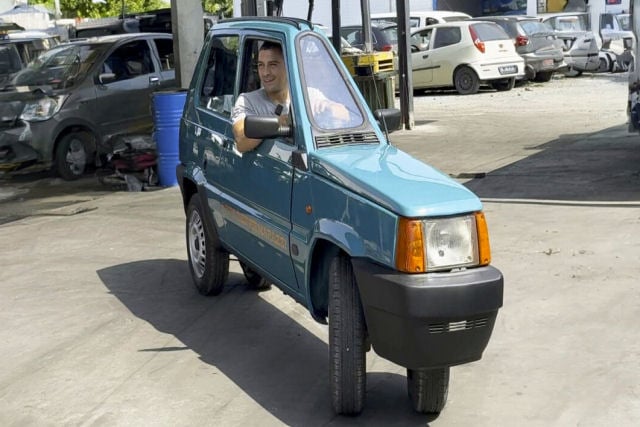
Italian mechanic and YouTuber Andrea Marazzi recently made international news headlines for turning a 1993 Fiat Panda into the world’s “skinniest” drivable car. The so-called Flat Fiat looks like something made with AI, but it’s the very real creation of a young car mechanic who wanted to build the world’s narrowest drivable car. Although it […]
Chinese Scientists Unveil Mosquito-Sized Surveillance Drone
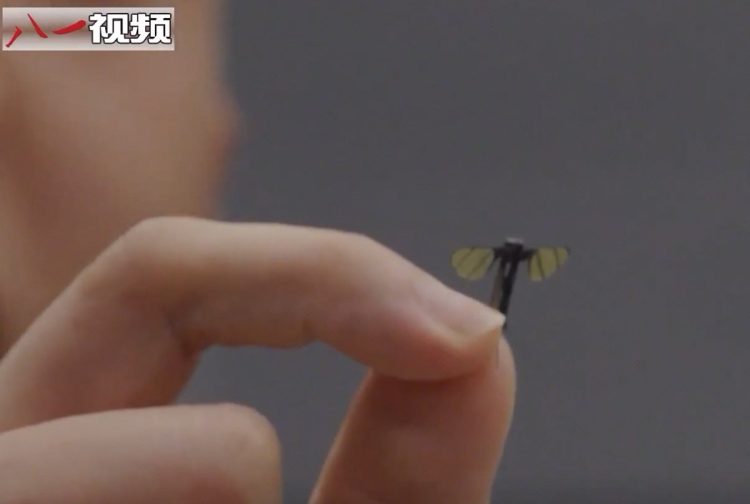
Scientists at a robotics laboratory at the National University of Defence Technology (NUDT) in central China’s Hunan province recently unveiled a tiny insect-like drone suitable for surveillance and reconnaissance missions. Revealed to the general public on CCTV 7 (China Central Television’s military channel), the tiny drone featured flapping wings and hair-thin legs, making it almost […]
Morphing Drone Can Seamlessy Switch Between Flying and Driving Mode
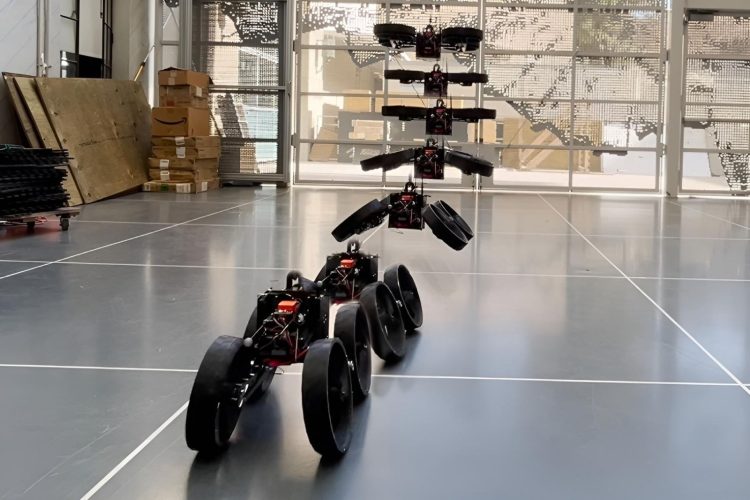
Engineers at the California Institute of Technology (Caltech) have developed a transformer-like drone that can easily switch from aerial to ground driving mode in midair. Dubbed ATMO (aerially transforming morphobot), the innovative drone developed by Mory Gharib and Ioannis Mandralis of Caltech is capable of something that the aerospace industry has been struggling to deal […]
These Metal Slab Robots Could Be the Future of Automated Parking

South Korean car manufacturing giant Hyundai has developed an intriguing parking robot that can park your car better than any human valet ever could. Car companies have invested billions of dollars into advanced automated parking solutions to relieve human drivers of the stress of parallel parking or backing up into tight spaces. Some systems have […]
Lab-Grown T-Rex Leather Handbag Created Using Protein Found in Fossils
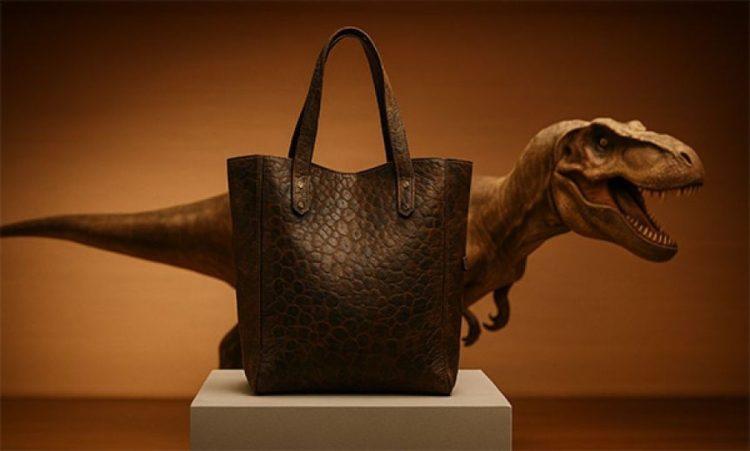
In a bid to build a sustainable and ethical future for the luxury materials industry, three companies have joined forces to create the world’s first T-Rex leather handbag. Dinosaurs have been extinct for millions of years, but thanks to cutting-edge technology and genetic research, humankind has apparently become able to use T-Rex DNA to create […]
